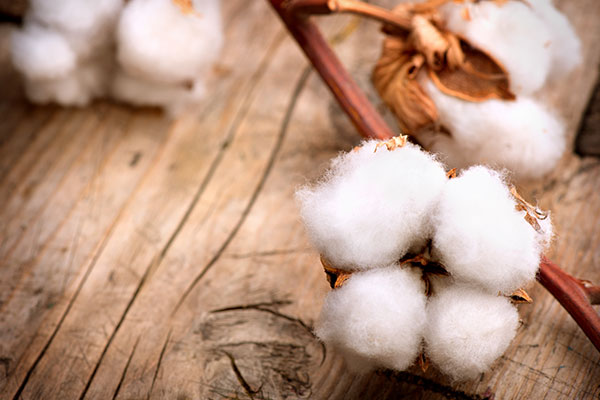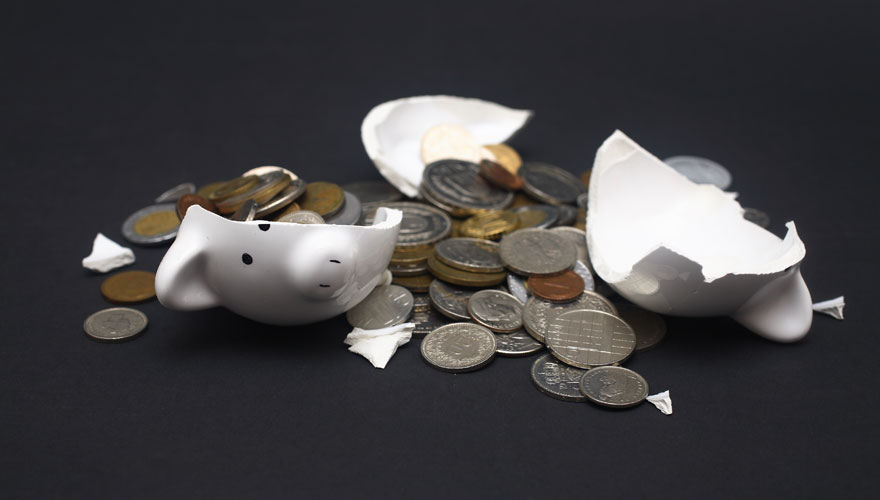Thinking of an eco-friendly mattress but don’t want to pay an arm and a leg? Read these five tips for saving on a new healthy bed.
Eco-friendly products have a reputation for being pricier than their traditional counterparts, but it might surprise you to know that greener mattress choices don’t always mean spending more of your green.
Whether you want to live in a way that’s kinder to the environment or simply prefer natural or more healthy products in your home, eco-friendly mattresses can be found in most budgets if you know what to look for.
Read on to check out our step-by-step guide for finding a greener mattress that meets your needs.
Five Steps to an Affordable, Eco-Friendly Mattress
Mattress shopping itself can be a bit intimidating, and adding eco-friendly factors to the mix can make it seem even more confusing. How do you know what to look for, what to spend, or how to sort through the piles of products and claims?
We’ve put together a basic guide to planning, researching, comparing and getting a good deal on an eco-friendly mattress to make things a little easier.
Step 1: Make a Mattress Shopping Plan
Any time your are looking to buy a new mattress or another major purchase, it’s always smart to begin by making a plan or checklist of what you want. This step helps focus your search, highlights things you might want to research and helps you develop a budget.
First, think about what you want in the mattress in terms of comfort and size.
Do you prefer softer, firmer or medium comfort levels? Do you like the contouring feeling of foams or a surface with less give? What size mattress will you need? Will you need to replace foundations or other bedding items? Do you have any other particular sleep needs or preferences?
Next, try to solidify what “eco-friendly” means to you and what you expect to see or avoid in your new mattress. Eco-friendly can have many different meanings, so this step can be helpful for researching products and working with retailers.
For example, are you worried about allergies or chemicals, or is it the manufacturing and business practices you’re more concerned about? Are there specific materials or ingredients you explicitly want to avoid? Are there things you’ve heard about that you want more information on?
Once you have the basics together, plan a realistic budget and start diving into researching different types and brands.
Step 2: Learn About Eco-Friendly Mattress Types & Options

When a mattress is called eco-friendly, it generally means that the materials used, manufacturing methods, and/or shipping or packing methods represent a greener alternative to traditional products or methods.
Mattress Materials
Eco-friendly mattress materials include those that come from natural, renewable sources or are more natural or sustainable than conventional alternatives.
All-natural latex comes from living latex trees. It can be produced quite sustainably and environmentally friendly, but it is also one of the most expensive mattress materials. Blended latex contains a mix of natural and synthetic (petroleum-based) latex, which is more affordable.
A memory foam mattress is known for a few pros (pressure relief, motion isolaiton, comfort, and support) and a few possible cons (heat trap, that sinking in feeling).
Plant-based memory foam incorporates renewable plant oils to reduce petroleum use compared to traditional memory foams. There are also plant-based poly foams that can be used in mattress cores and padding layers. Plant-based foams are much more affordable than latex and some are produced in environmentally conscious ways without harmful ingredients.
Some luxury beds also use recycled steel for springs and can have latex or plant foam comfort layers, with pricing ranging from mid-range to luxury. There are also eco-friendly futon-style mattresses stuffed with padding, latex or other materials, which can be affordable, but may not be suitable for long-term use.
Frames and foundations can also be made from eco-conscious and sustainable woods that don’t contribute destructive logging or deforestation practices.
For padding and fabrics, fibers like wool, cotton, and bamboo are readily grown and renewable sources that are considered more eco-friendly than petroleum or plastic-based synthetic fibers. Natural textiles often aren’t much more expensive that synthetics, but organic versions can be pricier.
Manufacturing
When it comes to manufacturing, eco-friendly would mean that there is very little pollution produced or that that manufacturer takes measures to minimize impact. Some foam is produced in sealed chambers that filter by-products so as not to contribute to atmospheric or water pollution, for example. Organic manufacturers have rigorous standards to meet also.
Assembly
Assembling also plays a role, as the best mattresses are put together using potent adhesives or fire retardants that can contribute significantly to off-gassing and air pollution. Eco-friendly options include certified low-VOC adhesives or beds with unglued layers and fiber flame barriers.
Shipping & Operations
The final category of typical eco-friendly mattress considerations is to focus on business practices. Mattresses are often quite bulky and large, meaning shipping can add significantly to their carbon footprint.
However, some brands like Amerisleep ship mattresses in compact packaging, which doesn’t require freight delivery, significantly reducing fuel consumption. Companies’ approaches to packaging materials, recycling, and other eco-friendly practices might also be important to some shoppers.
Step 3: Determine What’s Important to You
Once you’ve made your mattress checklist and learned a little about the eco-friendly options out there, it’s time to start shopping.
Sort your list into things your new mattress absolutely must have, things that would be nice to have, and things you definitely want to avoid. Then, start taking a look at how the different mattress types and brands compare to your comfort preferences and your eco-friendly goals.
Step 4: Shop Smart to Get a Good Value

You may have difficulty finding eco-friendly mattress options at a major retailer or in department stores, especially at affordable prices as they are often considered “specialty” mattresses.
The Internet offers a wider selection of green options that you can easily shop and compare, and greater competition often means better deals. Compare different retailers and options to ensure you are getting a good value.
Research the beds you are interested in and ask the retailer questions about the eco-friendly factors that are important to you. They should be able to provide you with information on the basic composition of each layer, their fire barrier method, adhesives, and fabrics and be able to support claims or certifications.
Once you’ve found a few good matches, compare the specifications and materials and see if any stand out as better value. For foams, you’d want to compare densities and layer thickness; for latex, the percent of natural material and manufacturing type; for springs, the coil type and padding layers.
You might also look into warranties, return policies, and online reviews if you are having difficulty making a decision.
Step 5: Getting the Best Deal
When you shop can also factor in to savings. Try signing up for newsletters and social updates to get notified when deals pop up, or talk to a salesperson to ask about promotions or coupon codes if you are ready to buy.
If you have time to spare when shopping, nearly all mattress retailers tend to run sales near holidays, so keep an eye out for deals.
After You Buy: Eco-Friendly Mattress Disposal
After you’ve bought your new eco-friendly mattress, keep being friendly to the planet by not sending your old bed off to a landfill. Old mattresses take up tons of space and stick around for many years.
Instead, see if you have local recycling facilities that accept mattresses, donate beds in good condition, or find another way to repurpose or reuse it.
Rest assured that an affordable, eco-friendly mattress is not an oxymoron. There are options, including Amerisleep, that offer both healthy sleep and greener beds without breaking the bank.
To find your perfect match, it really comes down to doing a little research into different materials, prioritizing what you want and smartly comparing options to find the best values for both your conscience and your budget.
What’s most important to you when shopping for a mattress or how do you shop? How do you research your buying decisions?
About the author
Rosie Osmun regularly contributes to the Amerisleep blog writing about topics including, reducing back pain while sleeping, the best dinners for better sleep, and improving productivity to make the most of your mornings. She finds the science of sleep fascinating and loves researching and writing about beds. Rosie is also passionate about traveling, languages, and history.
View all posts





